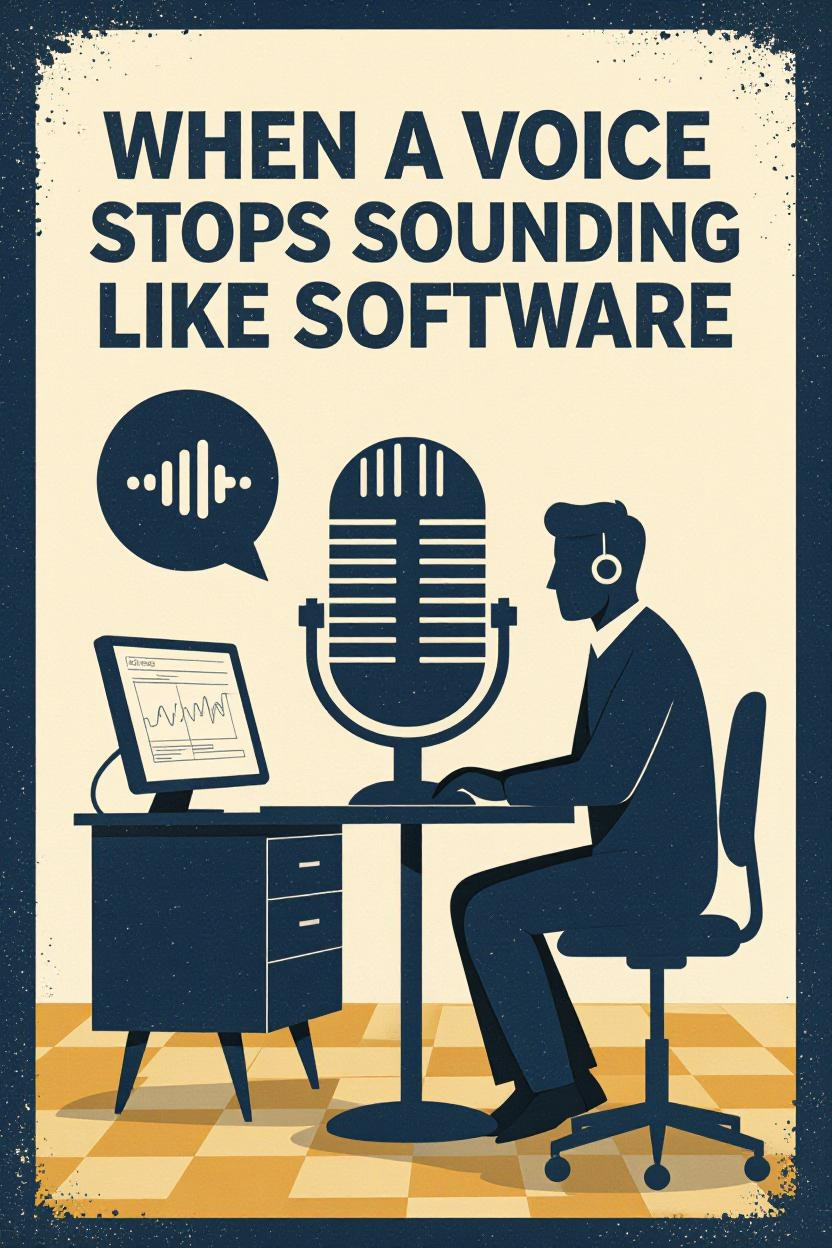When a Voice Stops Sounding Like Software
The first time we spoke with Google’s Chirp HD, the room went quiet. It wasn’t the novelty of a synthetic voice we’d heard hundreds. It was the way this one behaved: the gentle lift on a welcome line, the micro-pause before an instruction, the natural quickening when enthusiasm made sense. We weren’t hearing a rendering of text; we were hearing a performance of it.
If you’ve ever shipped voice, you know the usual choreography: write copy, add SSML tags, tweak timing, then tweak again when it still sounds mechanical. What changed for us was the feel of Chirp HD. Instead of jamming markup between syllables, we nudged the pace, dropped a pause where comprehension mattered, and tuned a pronunciation for a tricky brand name controls that let us shape delivery without wrestling the script. The editing session felt less like debugging and more like directing.
Keep reading with a 7-day free trial
Subscribe to Unchained Monday to keep reading this post and get 7 days of free access to the full post archives.


